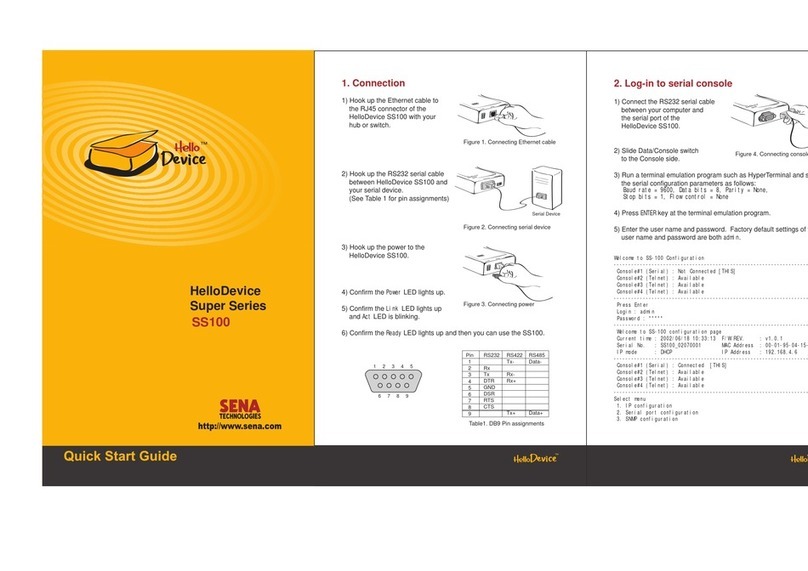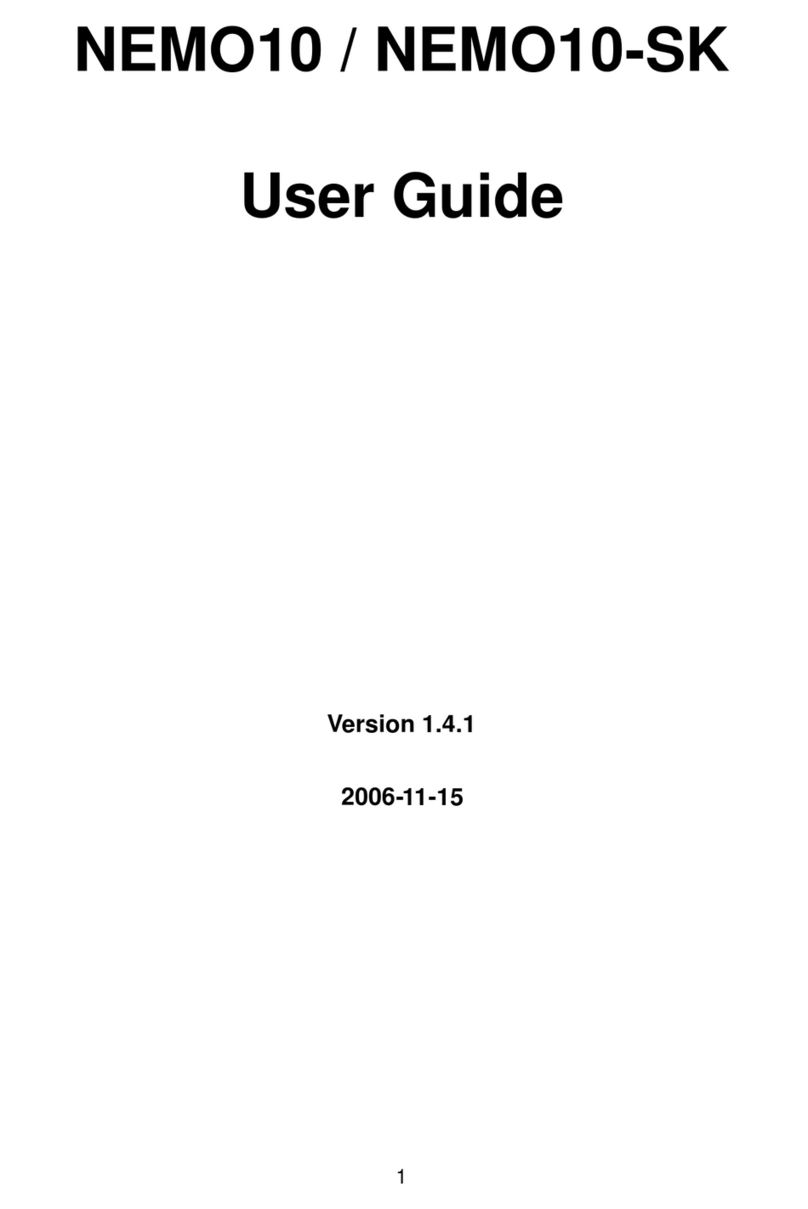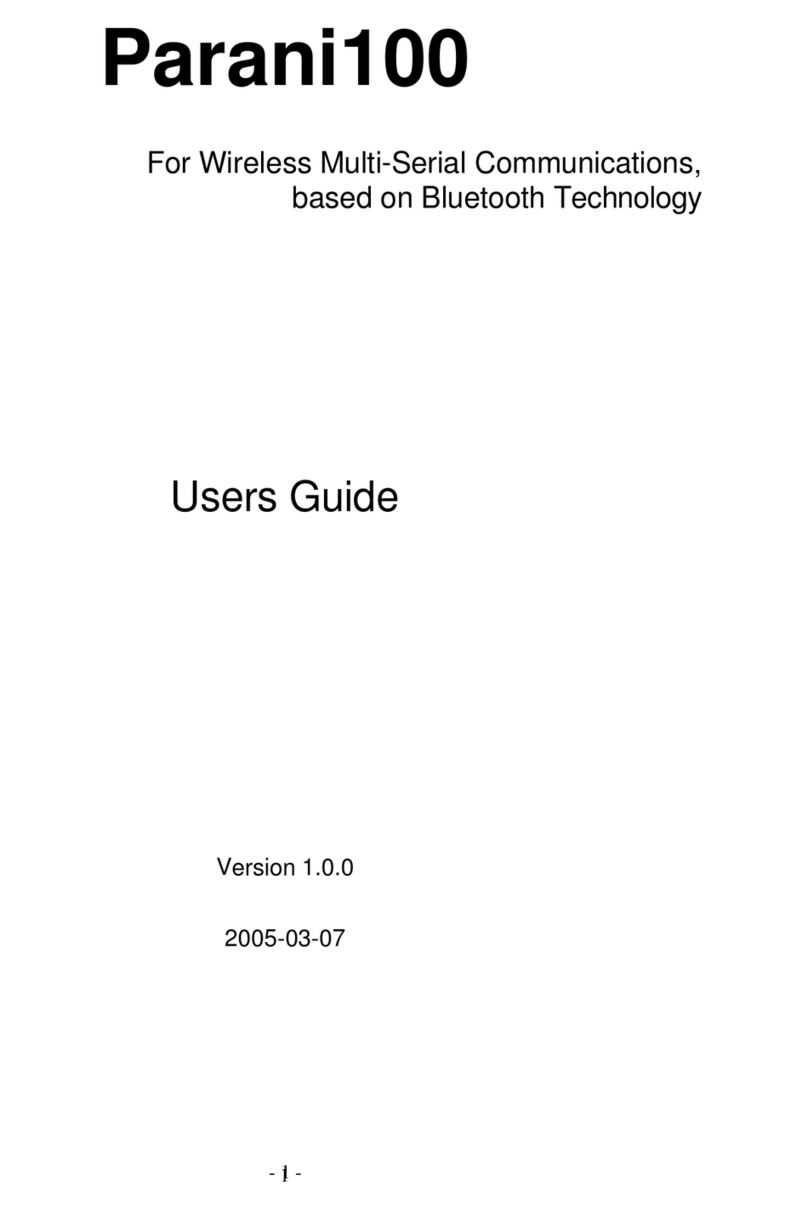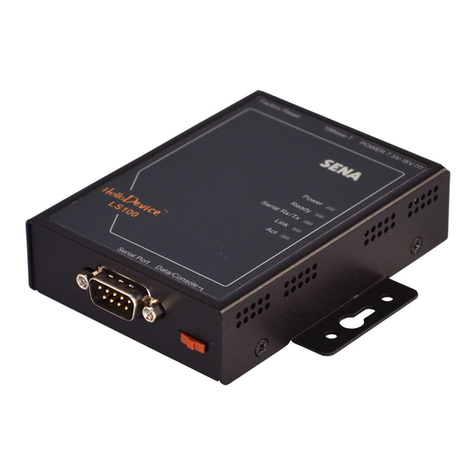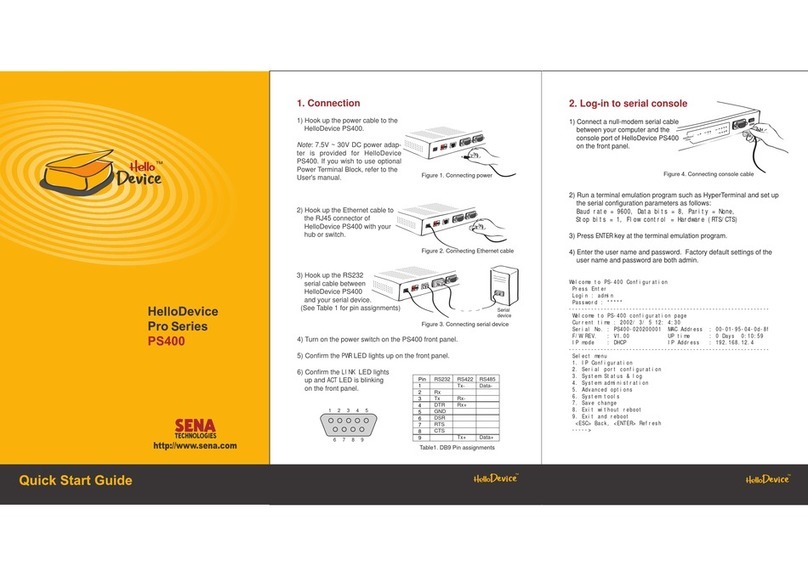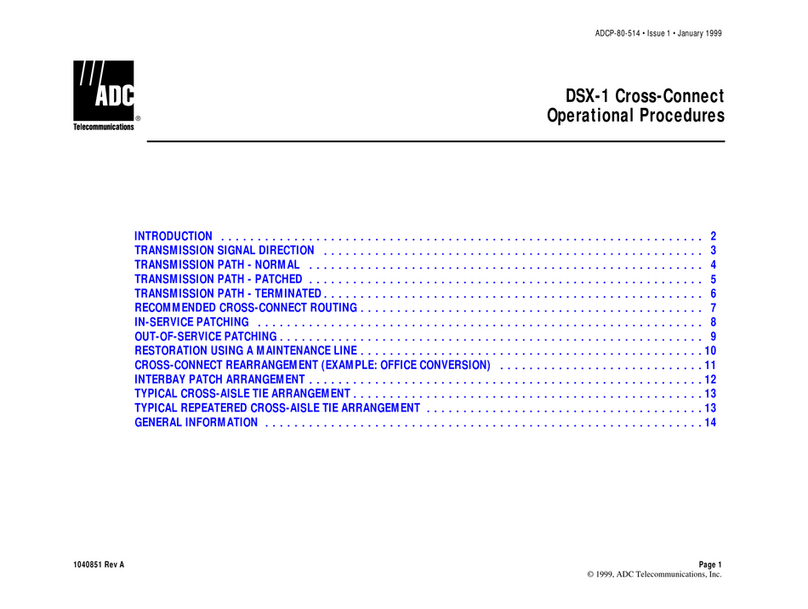
4
Contents
1: Introduction 6
1.1 Overview................................................................................................................................6
1.2 Package Check List................................................................................................................6
1.3 Product Specification..............................................................................................................7
1.4 Terminologies and Acronyms..................................................................................................8
2: Getting Started 10
2.1 Panel Layout........................................................................................................................10
2.2 Connecting the Hardware..................................................................................................... 11
2.2.1 Connecting the Power................................................................................................ 11
2.2.2 Connecting to the Wireless LAN .................................................................................12
2.2.3 Connecting to the Device............................................................................................12
2.3Accessing Console Port........................................................................................................13
2.3.1 Using Serial Console.................................................................................................. 13
2.3.2 Using Remote Console...............................................................................................15
2.4 Command Usage .................................................................................................................16
2.4.1 ‘set’Command........................................................................................................... 17
2.4.2 ‘get’Command........................................................................................................... 18
2.4.3 ‘help’Command ......................................................................................................... 20
2.4.4 ‘factorydefault’Command........................................................................................... 21
2.4.5 ‘save’Command......................................................................................................... 21
2.4.6 ‘exit’Command........................................................................................................... 21
2.4.7 ‘reboot’Command......................................................................................................22
3: Wireless LAN Configuration 23
3.1 Overview..............................................................................................................................23
3.1.1 Infrastructure Mode and Ad-hoc Mode........................................................................23
3.1.2 Network Name: SSID (Service Set Identifier)..............................................................23
3.1.3 Channel .....................................................................................................................23
3.1.4 Security......................................................................................................................24
3.2 Setting .................................................................................................................................24
4: IP Address Configuration 27
4.1 Static IP................................................................................................................................27
4.1.1 Overview....................................................................................................................27
4.1.2 Static IP Configuration................................................................................................28
4.2 DHCP .................................................................................................................................. 29
4.2.1 Overview....................................................................................................................29
4.2.2 DHCP Configuration...................................................................................................29







